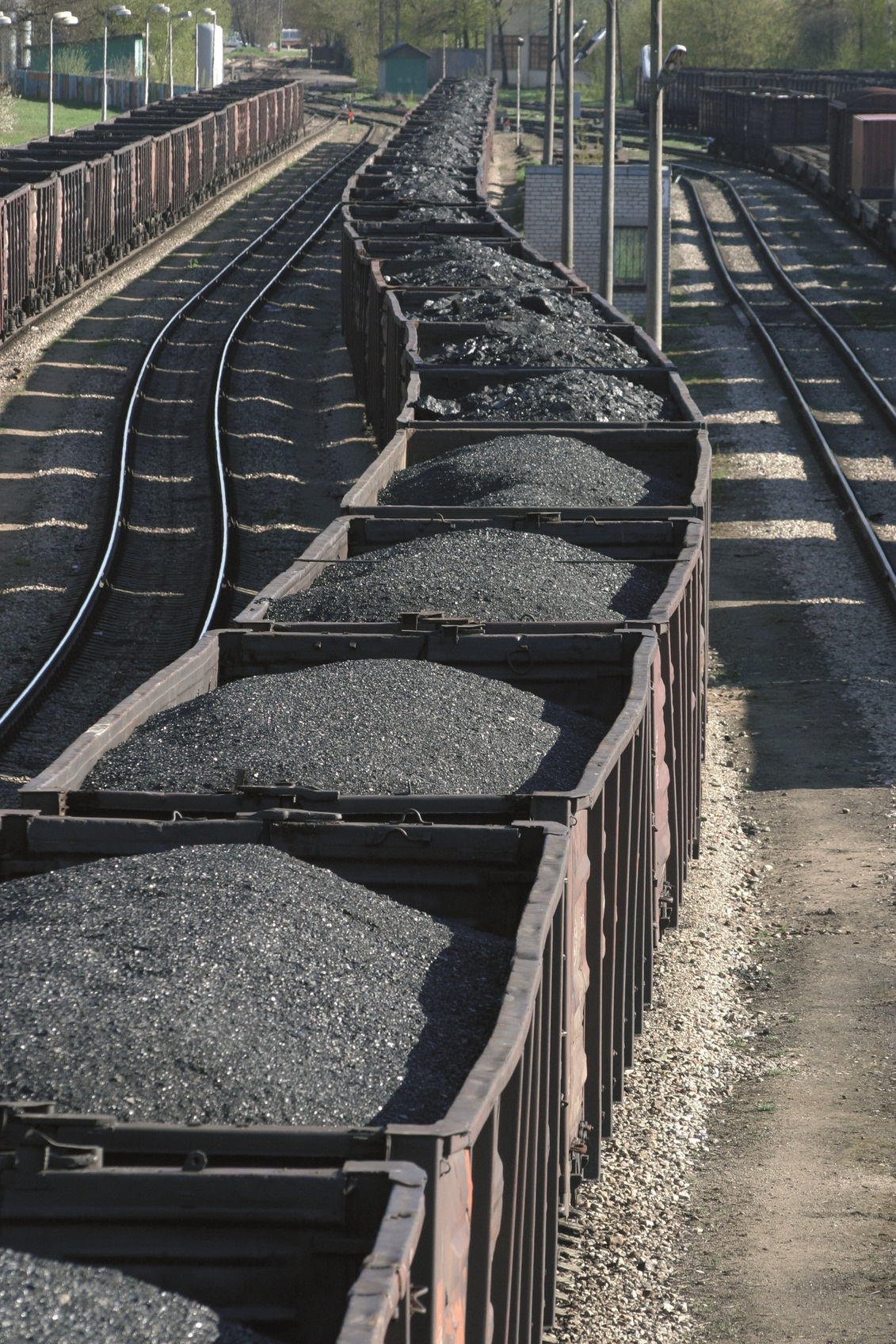Project Overview
Carbon Capture and Storage (or deep sequestration) (CCS) could be an important climate change mitigation technology, integrating fossil fuels into a carbon-managed energy system and helping meet the growing demand for energy until fully renewable energy systems can be implemented. The technology is conceptually simple: Carbon Dioxide (CO2) is captured from electric power plants or industrial sources, transported to the injection site, and injected deep underground for storage. Crucially, it is estimated that CCS could be used to achieve between 15% and 55% of the CO2 emission reductions necessary to avoid dangerous levels of climate change [IPCC, 2005]. The technology, however, is still some years from commercial implementation.


As part of this project, IRGC organised a workshop in Washington, D.C. in March 2007, gathering a number of experts from the US, Europe and Australia. IRGC also co-organised with Swiss Re a workshop on “Regulating and Financing Carbon Capture and Storage” on 7-8 November 2007.
This project was supported by E.ON Energie AG and the Allianz Technology Center, Resources for the Future, the Climate Decision Making Center at Carnegie Mellon University and the Swiss Re Centre for Global Dialogue. The principal authors of this policy brief are Elizabeth J. Wilson and Melisa F. Pollak, both of the Humphrey Institute of Public Affairs, University of Minnesota. They have received considerable assistance from M. Granger Morgan, Carnegie Mellon University.
Policy recommendations
Following the workshop in March 2007 and the conference in November the same year, the project concentrated on developing recommendations on how to address the main challenges that CCS presents. These have been described in a Policy Brief published in February 2008 and are summarised below. At this time, IRGC identified that:
- CCS regulation must establish a framework encouraging responsible operation and investment, balance stability and predictability with flexibility and adaptability to new scientific information, be based on solid technical findings, and provide ease of implementation for both regulators and industry.
- A diverse portfolio of full-scale CCS demonstration projects should be brought online as rapidly as possible, with broad government support through appropriate incentives and regulatiory frameworks.
- Site selection requirements for early sites must be especially rigorous, including demonstration of long-term predictable containment.
- An evolutionary approach to developing CCS regulations should be adopted.
- With the objective of building a regulatory framework for CCS, the following activities should be undertaken now: Public engagement; Development of generalised site selection guidelines; Development of generalised measurement and verification protocols; Development of greenhouse gas accounting protocols; Improvement and standardisation of modelling techniques; Development of necessary modifications to existing regulations; Negotiation of specialised arrangements for long-term liabilities; and Creation of financial incentives to get full-scale demonstration sites up and running.
- The following activities, vital for creating a regulatory framework conducive to widespread commercial CCS deployment, cannot be completed until comprehensive, integrated technical results from early deployment are available: Establishment of links to carbon markets; Resolution of climate liability issues; Passage of legislation to structure long-term responsibility and liability; and Establishment of an adaptive regulatory framework.
- Full transparency and careful evaluation by an independent review group of results and experience from early full-scale CCS projects are crucial.
- Political and economic conditions must be such that financial backers can have confidence that investment decisions made now will earn a satisfactory economic rent, that a predictable regulatory framework will apply, and that liability issues will be resolved.
- Effective risk communication by both regulators and industry is vital for public acceptance of CCS.
- Economic and political barriers, such as the lack of an over-arching climate regime, will also need to be addressed to catalyse CCS deployment.
- Regulation of Carbon Capture and Storage (Policy Brief, 2008)
